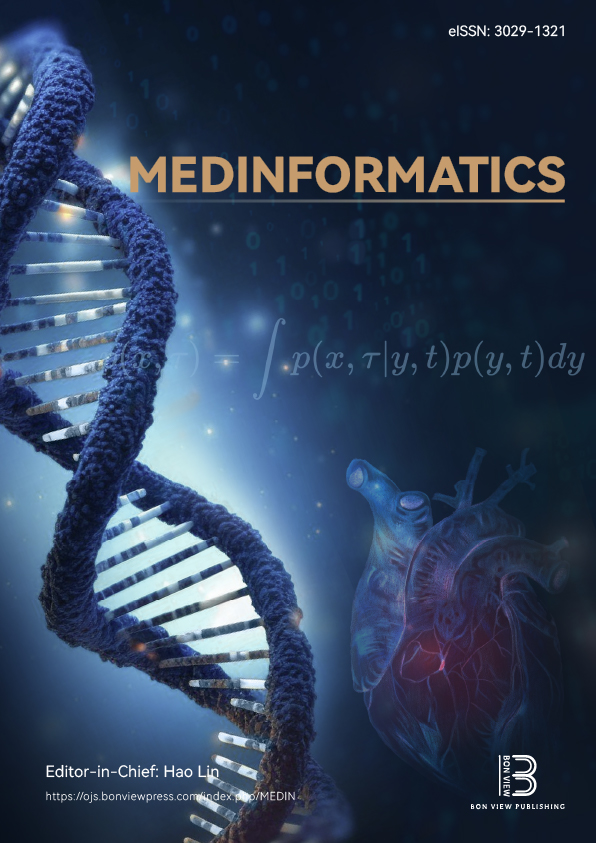Deep Learning for Joint Scleral and Scleral Vessel Segmentation: A Comparative Study
DOI:
https://doi.org/10.47852/bonviewMEDIN52025662Keywords:
scleral vessel segmentation, deep neural network, UNet, NestNet, Deeplabv3_PlusAbstract
Scleral segmentation and scleral vessel segmentation are increasingly recognized as critical components in medical image analysis, with broad applications in ocular disease diagnosis and biometric identification. In particular, scleral vessel segmentation contributes significantly to the early detection of conditions such as diabetic retinopathy and glaucoma. However, the intricate structure of scleral vessels and the scarcity of high-quality annotated datasets continue to present major challenges. To address these issues, an ensemble deep learning-based approach is proposed, integrating three segmentation models—UNet, NestNet, and DeepLabv3_Plus—to evaluate and quantitatively analyze the unified task of scleral segmentation and scleral vessel segmentation. The input ocular images undergo preprocessing steps including denoising, contrast-limited adaptive histogram equalization, and cropping. Scleral regions are extracted to enhance the explicit representation of vascular structures. Experiments are conducted on the publicly available SBVPI dataset. The DeepLabv3_Plus model achieves the highest performance in scleral segmentation, with an accuracy of 0.9656, sensitivity of 0.9694, specificity of 0.9421, and a Dice coefficient of 0.9723. For scleral vessel segmentation, the same model achieves an accuracy of 0.9285 and a specificity of 0.9536. These results demonstrate the effectiveness of the proposed ensemble framework and highlight its potential for advancing scleral vessel segmentation research. Future work will focus on further model optimization and the exploration of clinical and real-world deployment scenarios.
Received: 13 March 2025 | Revised: 2 July 2025 | Accepted: 25 July 2025
Conflicts of Interest
The authors declare that they have no conflicts of interest to this work.
Data Availability Statement
The data that support this work are available upon reasonable request to the first author, Yongbin Qi, at peninsulazz@163.com.
Author Contribution Statement
Yongbin Qi: Conceptualization, Methodology, Software, Validation, Formal analysis, Investigation, Data curation, Writing – original draft, Writing – review & editing, Visualization, Project administration. Baochen Zhen: Investigation, Writing – review & editing. Jiaming Wang: Investigation. Shilin Zhao: Investigation. Yansuo Yu: Conceptualization, Methodology, Formal analysis, Resources, Writing – review & editing, Visualization, Supervision, Project administration, Funding acquisition. Qiang Liu: Resources, Supervision, Funding acquisition.
Downloads
Published
Issue
Section
License
Copyright (c) 2025 Authors

This work is licensed under a Creative Commons Attribution 4.0 International License.
How to Cite
Funding data
-
Beijing Municipal Education Commission
Grant numbers 22019821001 -
National College Students Innovation and Entrepreneurship Training Program
Grant numbers 2025J00105


